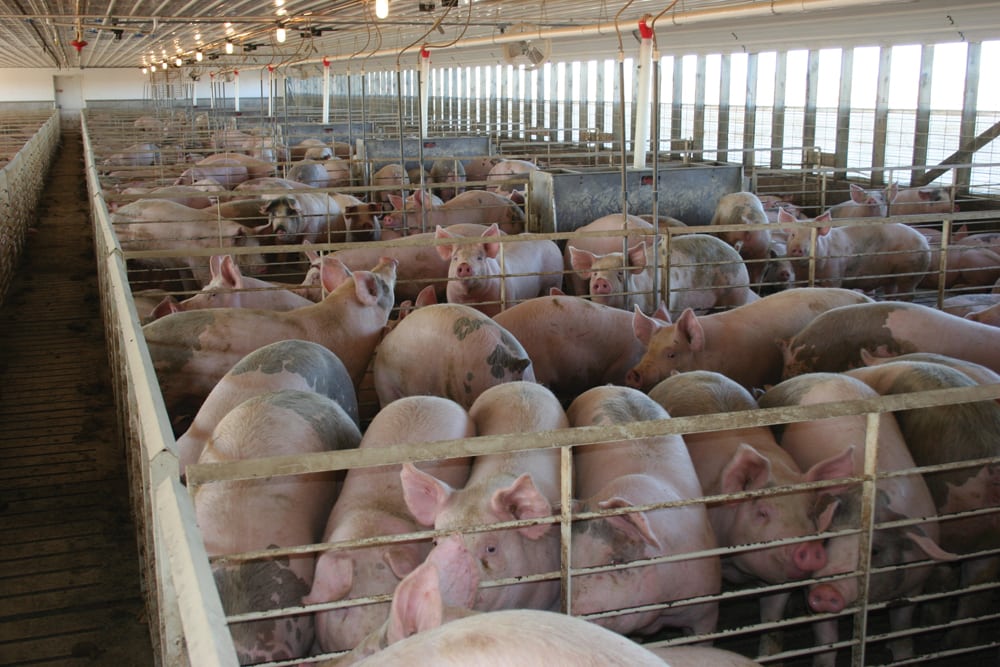Porto Alegre, July 2, 2021 – Over the past three years, China has shaped the world meat market. The supply gap created by African swine fever (ASF) has forced an unprecedented volume of imports. The major players in the meat industry benefited from this scenario, exporting record volumes in this period. Brazil has become highly dependent on China for beef and pork exports. The price curve for the domestic meat industry reached another level with the accelerated pace of exports, with fattened cattle peaking at BRL 325/arroba over the year.
The Chinese government points to a broad process of rebuilding the swine herd, with numbers very close to those of 2017, the year before the outbreak of ASF. China’s swine herd grew 23.5% in May YoY, the state media recently reported, citing the Ministry of Agriculture and Rural Affairs. The trend is that the volume of matrices has approached the level of 43 mln head. China is extremely proactive in relation to the food security of its population. The goal stipulated by the Chinese government was the replenishment of the herd in three years, which has apparently been achieved with at least one semester in advance.
Chinese swine farming has become much more professional in this recovery process, adopting stricter sanitary standards. The chances of a new outbreak similar to the previous one are more remote in this type of environment. Besides, more professional swine production requires higher-quality animal nutrition, which means that China tends to act very emphatically in the world grain market, absorbing significant volumes of soybeans and corn.
Despite recurring reports on a new outbreak of ASF that would be decimating the local herd, there are no official data about it. The OIE reports point to only 10 cases of the disease in Chinese territory in 2021, while the FAO also indicates sparse cases of the disease. In other words, the situation seems under control.
The market dynamics begin to change, the bearish movement within the Chinese territory has become extremely aggressive in relation to domestic prices. This is a symptom of supply advance. The prices of pork, piglets and live hogs have been in free fall in the interior of China, which also leads to the deduction that the herd, production, and local supply are steadily moving forward, which could lead to a slowdown in imports in the second half of the year. According to China’s Ministry of Agriculture and Rural Affairs, the average price of live hogs traded in the interior of the country closed the third week of June at 15.13 yuan, down 56.52% from the end of 2020, reaching the level registered in April 2019. Pork fell 49.22% in the period, at 26.23 yuan. A kilogram of piglet averaged 52.76 yuan in the third week of June, down 37.89% from the end of 2020. The decline by almost 10% in piglet prices last week drew attention.
SAFRAS Latam

